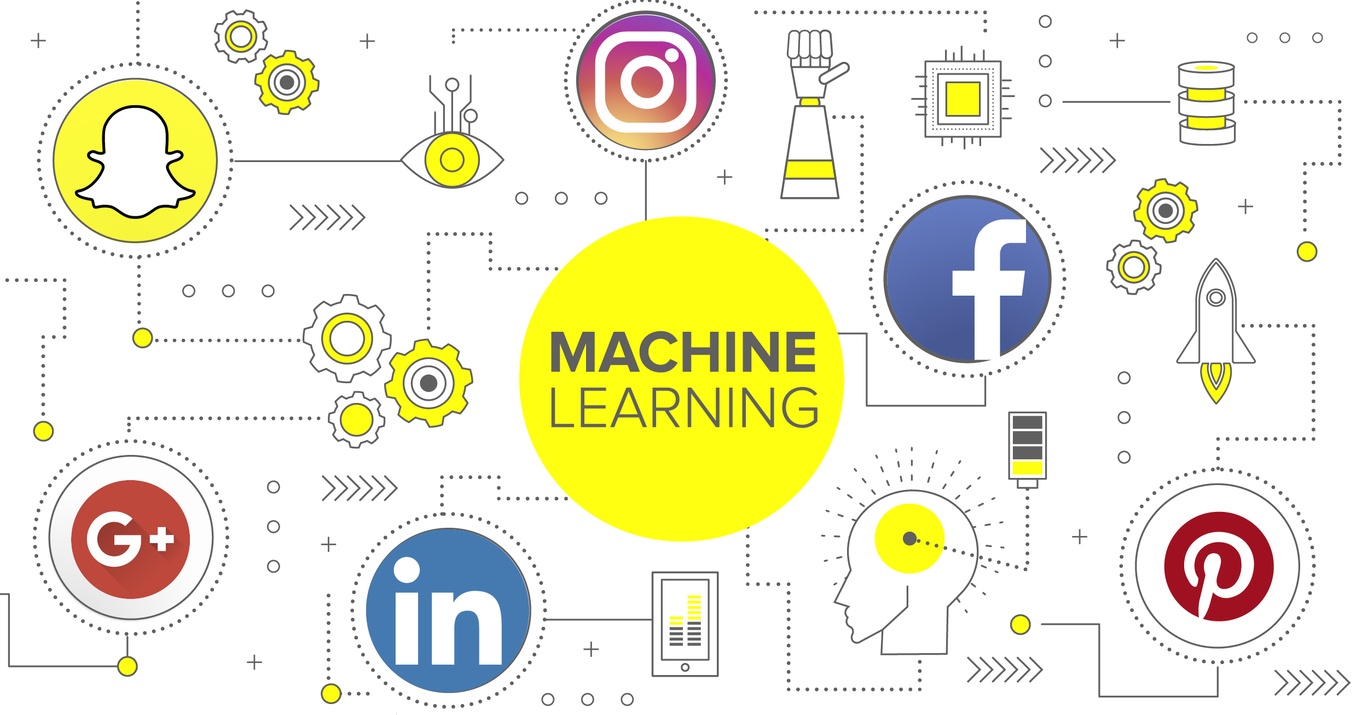Major media platforms like Facebook and Google provide compelling out-of-the-box user acquisition (UA) solutions. There’s only one problem: if everyone has the same out-of-the-box solution, how will you ever be able to outperform the average?
That’s why, in 2019, it’s time to adopt a better cross channel strategy. Bear in mind that means you’re signing up for something that adds a level of complexity and automation far beyond what business intelligence reporting systems can deliver.
It’s time to turn on the intelligent machines.
Just like good user experiences are personalized for an individual’s needs, the future of UA will be won by people who can adapt each platform’s out-of-the-box solutions and capabilities to fit their needs, objectives and goals. This requires a holistic cross-channel approach, which massively increases operational complexity — from data-driven targeting to creative proliferation to attribution and performance optimization. And with complexity comes exactly what you don’t want: risk and uncertainty.
Sooner rather than later, your UA efforts will rely on artificial intelligence, machine learning, and automation to adapt, customize, and personalize cross-channel user journeys and deliver optimal results. At IMVU, we’re doing it today in ways that would be impossible to orchestrate using last generation’s business intelligence software or reporting dashboards. Managing complex, cross-channel campaigns with multiple targeting, creatives and sequencing requires an intelligent operational layer above the out-of-the-box solutions provided by individual platforms to deliver great results.
Most companies find a comfort zone with one or two major channels and skip the rest. But each of the big platforms have different advantages. Snap skews younger. Pinterest has a higher composition of women in their audience. LinkedIn is where people conduct business activities. Instagram’s core audiences are highly engaged and tend to interact on the platform, which is great for educating consumers and building audiences. Pinterest is a place people go for discovery. Search is all about lower funnel intent. Taking this all into account is important as you develop your strategy.
Also important to note, there will be different and shifting bid dynamics on different networks even within month-long campaigns (of course, they’re all subject to seasonality). Take advantage of these shifts in bid pressures most through systems like Nectar9’s Athena Prime that operate and automate budget orchestration a layer above each individual channel for truly dynamic cross-channel optimization.
At IMVU, we have strict KPIs around Cost Per Payers (CPP)/Return On Ad Spend (ROAS). By leveraging AI, we were able to take advantage of cross-channel efficiencies, and improve the KPIs dramatically across the board.
While channels will vary in their CPP/ROAS every month, by leveraging smart machines to manage against our goals, we were able to effectively allocate our resources to take as much advantage of each channel while keeping performance within our key metric zones.
By prospecting across the different channels, our retargeting rates for incremental in-app purchases increased dramatically. By leveraging a portfolio of networks for prospecting, we are able to get a varied mix of users into the system, which the Artificial Intelligence can then manage for retargeting — a funnel filled with much less effort across a variety of platforms.
The future of User Acquisition 3.0 rests on the shoulder of intelligent machines, orchestrating complex campaigns across and among key marketing platforms — dynamically allocating budgets, pruning creatives, surfacing insights and taking actions autonomously. These machines hold the potential to drive great performance with a far more efficient, hands-off management approach powered by AI. Control your levers, focus on creative and strategy, and turn the drudgery and math over to the machines to get data-driven results far beyond manual capabilities.
This article first appeared on the Liftoff Mobile Hero blog





